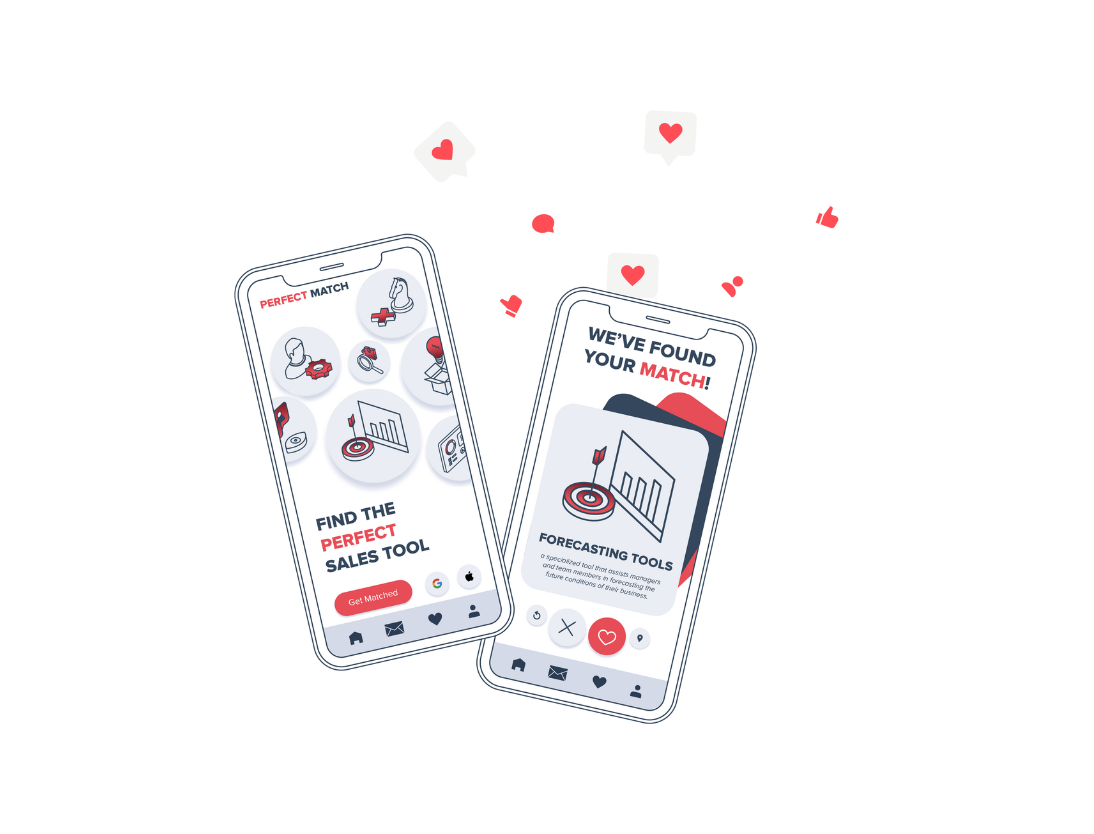As far as retail goes, eCommerce is the new frontier: replete with opportunities for businesses to connect with consumers and move products like never before. It’s a veritable wonderland for retailers that are cutting out the traditional middleman, enabling a streamlined, hyper-personalised customer experience and eliminating legacy red tape.
But as with all business expansion, there are logistics to consider before moving into new territory. Ideally, before making your move into the land of eCommerce, you’ve laid the foundation for a sustainable, scalable venture that’s set up to avoid any pitfalls along the road to profitability. With that said, we’d like to offer you some of our learnings:
What do manufacturers and distributors stand to gain?
We’re glad you asked! The rise of digital has placed buying power firmly in the hands of the customer. So much so, that their expectations are higher than ever, with brands having to jump through hoops to keep their CX at the level our culture of immediacy demands. Thankfully, eCommerce removes a step and places businesses closer to customers than ever. By offering customers the ability to buy directly and online, manufacturers and distributors are able to deliver a first-class experience.
Many manufacturers also invest in product marketing, producing ample content that caters to a customer’s extensive online research. Once the customer makes the buying decision, having a product available online removes the buying friction of having to search for a brick-and-mortar store that stocks it.
As you can see, there are huge gains to be had from adding an eCommerce store to your business arsenal. But where to from here?
The stages of setting up your eCommerce store
There are three stages to setting up your eCommerce store:
1. Strategy:
This step involves deciding on how you’ll deliver your unique brand of eCommerce, who will receive it and what you’ll sell. It’s vital you define your strategy and business model before selecting an eCommerce platform, as there may be an existing, limited suite of tech that meets your needs.
Define your ideal customer and craft the perfect user journey
Before embarking on your eCommerce endeavour, you should have your personas well-defined and their journey mapped in a way that’s user friendly and eliminates buying friction. Questions to ask yourself before promoting your store include:
- When will a customer buy — online vs offline — and is there a buyer persona that’s specific to your eCommerce store?
- Should your main website be transformed into an eCommerce hub, or will there be a separate location for this? If so, how will customers find the site or subdomain?
- Can customers start purchasing online and then switch to completing their purchase offline and visa versa?
Finalise your product and pricing strategy
The following needs to be considered when deciding on an effective product and pricing strategy:
- What products will be listed on your eCommerce platform?
- What will the taxonomy be and how will you make it easier for customers to find what they want to buy?
- How many pricing options will you offer?
- Taking location into account, how can tax or VAT be used to your advantage?
How will you reward your customers?
Nothing promotes customer satisfaction quite like a worthwhile loyalty program. Not only does a rewards scheme stimulate sales, but it also generates the kind of promotion that no marketing technology will ever beat: word of mouth. Here are a few thought-starters:
- Will you offer a loyalty program to your customers?
- Will loyalty be rewarded in terms of discounts, redeemable points or something else altogether?
- Do you need to apply discounts to certain customer groups?
- Will you be offering promotion codes?
- How will you highlight products that are being sold on promotion?
Decide on a technology strategy best suited to your retail goals
When selecting technology, consider any existing infrastructure it needs to integrate with. For example, you may want to merge an ERP system that manages stock and inventory or combine it with an accounting platform. We’ve elaborated on the three dominant technologies to consider below:
Software as a service (SaaS)
By paying a monthly subscription, you receive an instant eCommerce store that you can customise via a control panel. The benefits of this iteration include not having to worry about updates and security, as well as being able to deploy reasonably quickly. The leaders in SaaS are Shopify and BigCommerce, affording your business the following benefits:
- Simply create an online account to have an eCommerce store with all the current trends and features up-and-running within a few hours.
- Features can be customised easily via a user-friendly control panel, and you have access to best-of-breed functionality including loyalty programs and vouchers.
- A full security team to ensure the security of data and compliance with all relevant laws, and another to roll out new features.
- You don’t have to worry about load-balancing, as these platforms scale from 1 transaction a year to millions per minute.
Platform
There are many viable frameworks that have been built for eCommerce. In some cases, they are open source and free-to-use (besides the cost of a developer to set them up). Current platform leaders include:
- WooCommerce: ideal for low-to-medium levels of transaction. It’s free, but you’ll have to pay extra for special features and support.
- Symfony Sylius: This free-to-use open-source platform is good for a high number of transactions and extensive customisation.
- PimCore: Can handle a high number of transactions and can be customised extensively. Unfortunately, you’ll have to pay for it.
- Magento: A pay-to-use enterprise-level eCommerce platform that can be customised extensively.
Custom
Less cost-effective and reliable than the others, this type of eCommerce store requires a developer to code it from the ground up, requiring more time and manpower. This route is not recommended unless the requirements are extremely custom!
2. Initial setup:
Install and customise your eCommerce platform and then integrate the technology you’ve selected. Following this, apply your unique brand aesthetic to the store and upload your products and pricing to the platform.
3. Marketing and maintenance:
Step up your advertising to increase traffic and drive qualified leads to your store, with a remarketing campaign to get them returning to buy again. Maintenance throughout your store’s lifetime is crucial as it secures and keeps your eCommerce platform up to date.
How marketing fits into eCommerce
SaaS and Platform eCommerce solutions often offer basic marketing support, such as sending automated emails when customers abandon their cart. However, a digital marketing strategy should be applied — and the relevant technology rolled out — in order to drive success. An effort needs to be put into building a database of past and potential customers. This database can be used to upsell, cross-sell, re-engage and take advantage of promotions.
Additionally, it’s crucial to plan and budget for paid media platforms like Google Shopping, Google AdWords, Facebook Ads and Amazon to get the most out of your marketing efforts. Another factor to plan for is ‘zero click’ shopping, which is being driven by voice search solutions like Amazon’s Alexa and Apple’s Siri.
HubSpot for eCommerce — the platform that ties the threads together
HubSpot for eCommerce uses the inbound methodology, cutting-edge marketing technology and data-driven insights to grow your eCommerce store. The platform offers native integration with Shopify through eCommerce Bridge. This set of APIs gives technical teams an official, streamlined way to connect any store — Magento, WooCommerce, Pimcore, Symfony and many more — to the impressive amount of services HubSpot for eCommerce offers. With HubSpot’s eCommerce Bridge you can expect:
- Shopify integration.
- eCommerce features are available to all custom integrations that use this same API bridge.
- Lead-scoring and multi-touch programs, such as cross-selling and communications based on engagement.
- Provided the eCommerce Bridge is used as the integration into HubSpot, all-new eCommerce features in HubSpot will automatically be available to customers.
- Easily customisable abandoned cart recovery communication.
- Deeper insights into products and customers via HubSpot’s robust CRM analytics.
- Automated, personalised emails can improve open and click-through rates.
- ChatBot and Live Chat with customised messages on certain pages.
- Facilitates retention and repeat marketing.
- Closed-loop reporting enables ROI tracking through tactical use of ads, social media and organic leads.
Here’s how Huble can help
Huble Digital offers the skills, technology and expertise to create a thriving, data-driven HubSpot ecosystem for your eCommerce growth. Whether you’re after a management partner or would like the training to maintain your eCommerce internally, Huble Digital has the HubSpot-certified specialists to construct, manage and measure your marketing and sales efforts. We’ll take your eCommerce to the next tier of success in the following ways:
- eCommerce store and website construction, ensuring responsiveness across all platforms, including mobile.
- HubSpot integration, management and measurement.
- Incisive inbound and digital marketing, including local marketing, content marketing, social marketing, conversion for researching stage, and Google shopping marketing.
To start elevating your eCommerce, contact one of our specialists.













